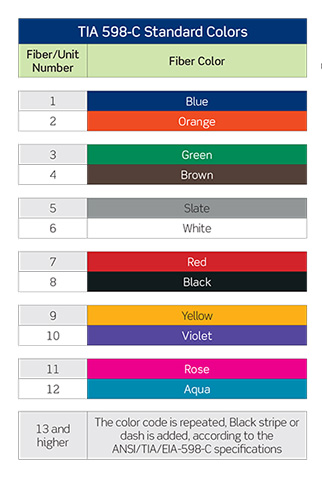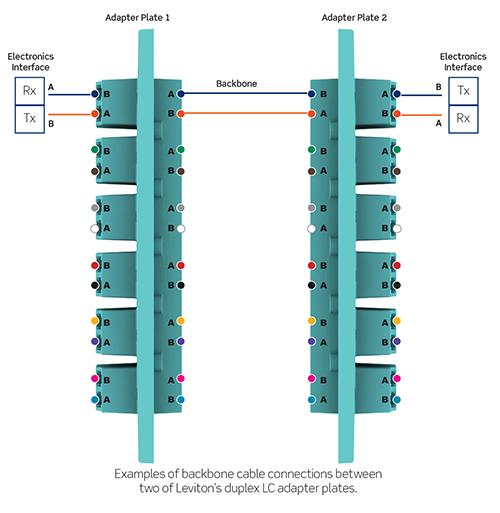Fiber optics relies on a bidirectional transmission where the transmitter port on one end connects to the receiver port on the other end. Since fiber optic links require a two-way - or duplex - connection, there is potential for errors in installation by connecting transmitter to transmitter or receiver to receiver.
To help address polarity issues, TIA published polarity connectivity methods in the mid 2000s to help installers install and select the right components. The TIA-568-C.0 Standard (Commercial Building Telecommunications Cabling Standard) defines the A-B polarity scenario for discrete duplex patch cords, with the premise that transmit (Tx) should always go to receive (Rx) — or "B" should always connect to "A" — no matter how many segments there are, as shown in the diagram below.




